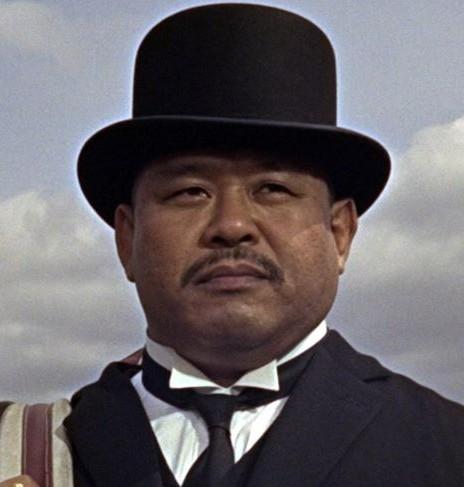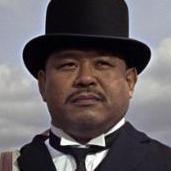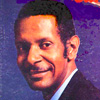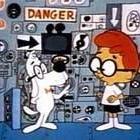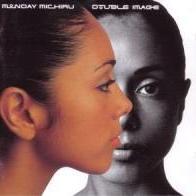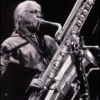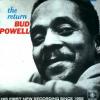I learned recently that sometime in the late 1950s or possibly very early 1960s, Nelson Riddle wrote some arrangements for Count Basie. These were apparently played live by the Basie band, but not recorded.
In 1962, Riddle gave four of the arrangements to British Bandleader Vic Lewis, who recorded them for a UK EP titled Vic Lewis Swings Nelson Riddle.
https://www.discogs.com/release/11391413-Vic-Lewis-Vic-Lewis-Swings-Nelson-Riddle?srsltid=AfmBOopYLbhLVZrSkgJZaU4aCj7trkcQH6EClXH1tvGTrgk8qT3xsv8J
I can't find these on the InterTubes, but here is a recent live video of one of the arrangements.
Rare
Rare
Rare
Rare
Rare
_forumlogo.png.a607ef20a6e0c299ab2aa6443aa1f32e.png)
